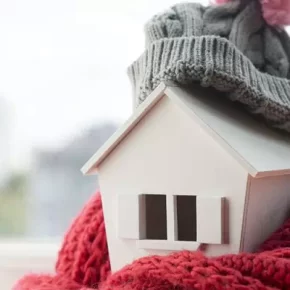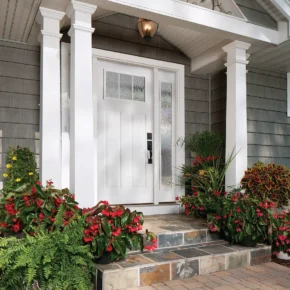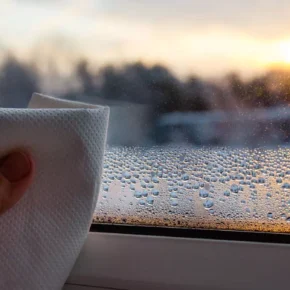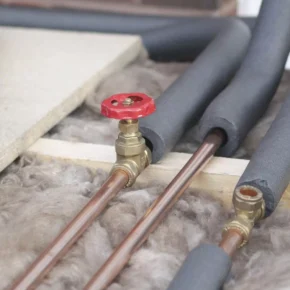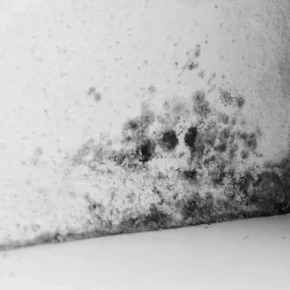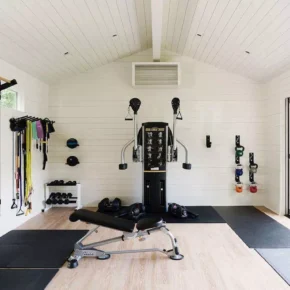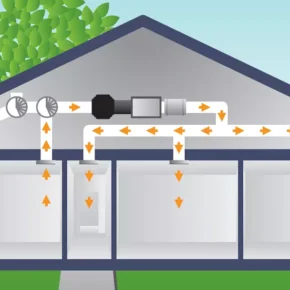Thermal insulation of doors and windows is a key element of the energy efficiency of your home. Most of the heat loss in the winter occurs due to insufficiently insulated openings, which can lead to significant heating costs.
1. Inspection of doors and windows
Before starting work on thermal insulation, it is important to assess the condition of existing structures. Check:
- the presence of cracks and gaps between the frame and the wall;
- condition of seals;
- integrity of glass and frames.
Tip: To detect drafts, you can use a candle: the movement of the flame will help determine the places of air leakage.
2. Insulation of windows

Replace or renew seals
Worn seals are the main cause of heat loss. Replace them with modern rubber or silicone options.
Installation of energy-saving glass
Double-glazed windows with a low-emission coating (Low-E) reduce heat loss thanks to a special layer that reflects heat radiation.
Use of thermal film
Sticking a heat-protective film on the window glass is a quick and budget-friendly way to improve thermal insulation.
Additional curtains or blinds
Dense fabric curtains or heat-protective blinds will help keep the heat in the room.
3. Door insulation
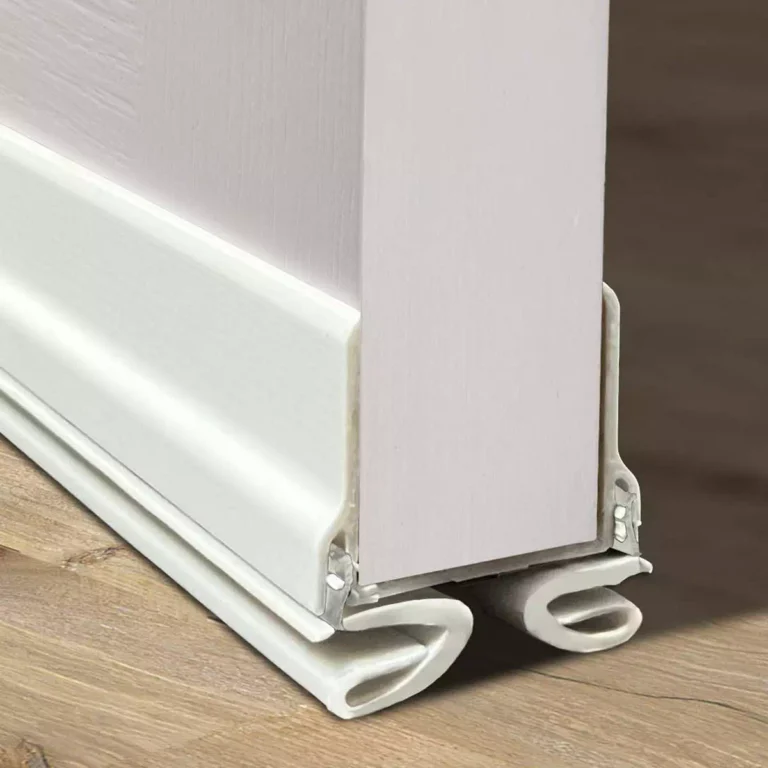
Installation of door seals
As with windows, doors often have gaps through which heat escapes. Self-adhesive seals will help to quickly solve this problem.
Covering the door with insulation
Metal or wooden doors can be sheathed with materials with high thermal insulation properties, for example, polyurethane foam or mineral wool, and closed with a decorative panel on top.
Setting the threshold with a thermal break
The thermal threshold prevents the penetration of cold air through the lower part of the door.
4. Sealing of holes
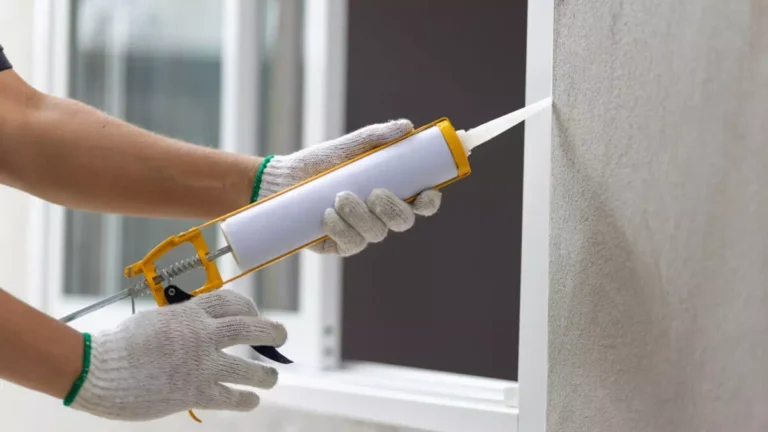
Check the joints of window and door frames with the building structure. For sealing use:
- Mounting foam: for large gaps;
- Silicone sealant: for small cracks.
Tip: Pay attention to the external slopes of the windows – often it is because of them that significant heat loss occurs.
5. Use of external heaters

Installation of blinds or shutters
These structures reduce the impact of cold air and wind on windows and doors.
Wall insulation around openings
Areas near doors and windows can be additionally insulated with Styrofoam or Styrofoam to avoid heat loss through the walls.
6. Additional tips for energy efficiency
- Regularly check the condition of insulation and gaskets and replace them if necessary.
- Use infrared heaters near areas where the cold is most often felt.
- Ventilate the rooms in short intensive sessions to avoid hypothermia.
Thermal insulation of doors and windows is not only a way to reduce heat loss, but also an opportunity to save on heating bills. By implementing even a few of the listed methods, you can create a comfortable climate in your home, saving heat and energy.


